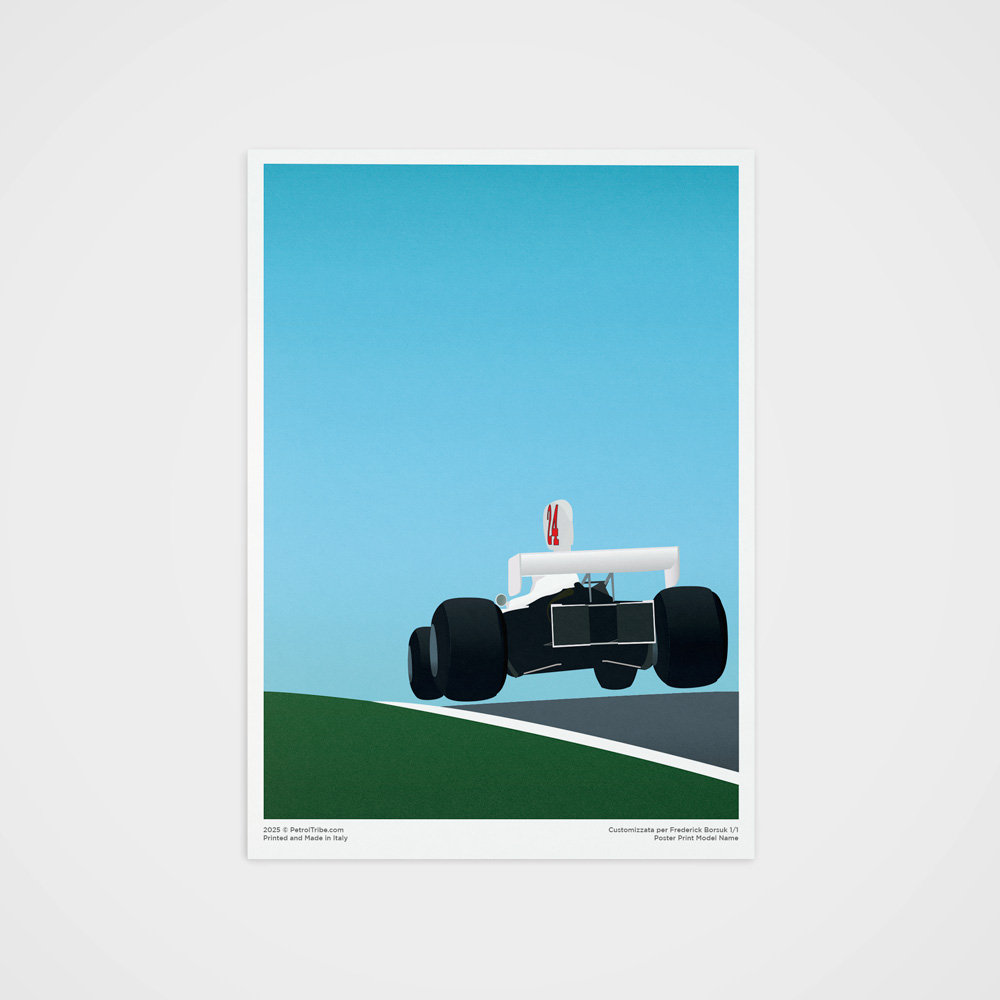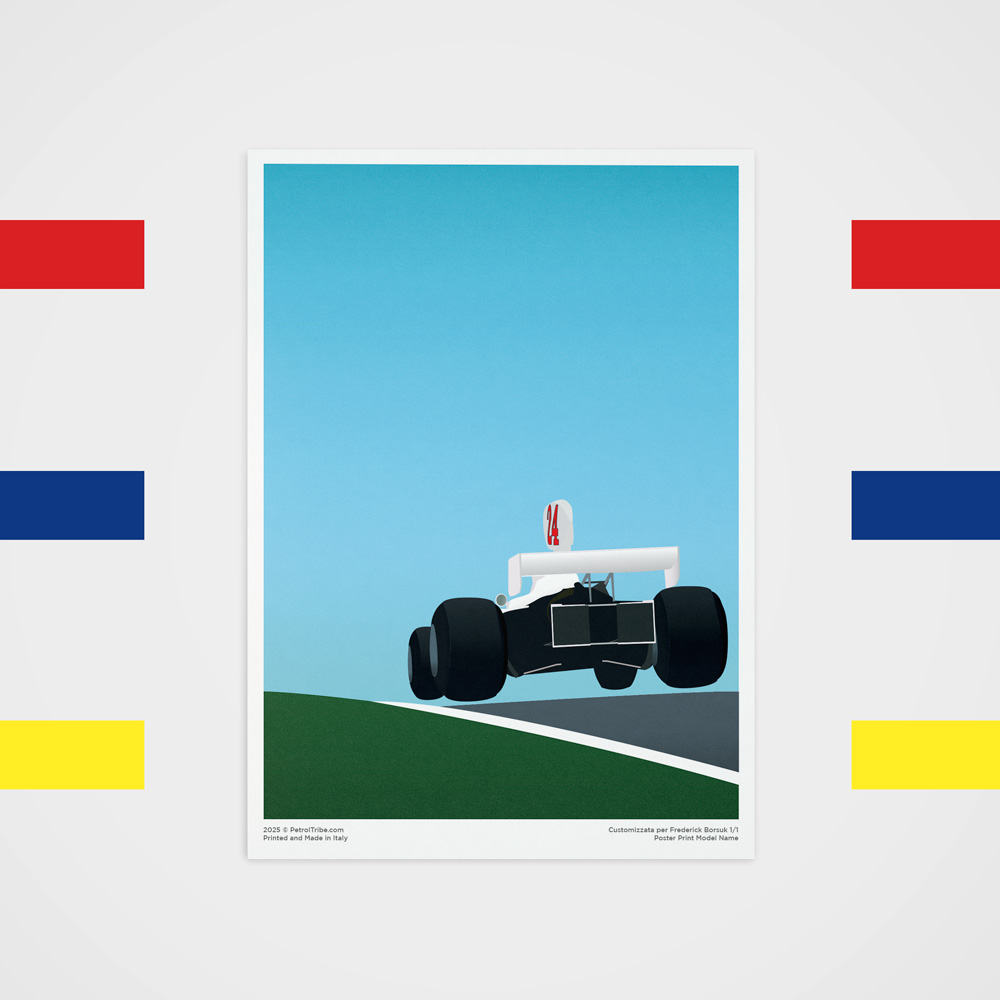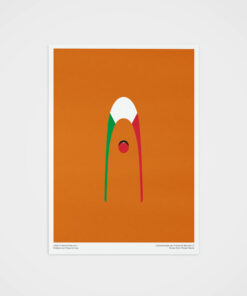- Any order placed has been processed -
Feel free to contact us
[CUSTOMIZABLE RACING NUMBER] James Hunt – Hesketh Jump at Nürburgring
€35,00 – €75,00
Product Details:
[CUSTOMIZABLE PLATE]
50×70 cm or
29,7×42 cm (A3) or
21×29,7 cm (A4)
Printed on high quality paper
Worldwide shipping
Designed in Italy
Frame not included
Hesketh 308B – 1975
James Hunt (Hesketh Racing)
James Simon Wallis Hunt (29 August 1947 – 15 June 1993) was a British racing driver who won the Formula One World Championship in 1976. After retiring from racing in 1979, Hunt became a media commentator and businessman
1973–1975: Hesketh
- 1973
Hesketh purchased a March 731 chassis, and it was developed by Harvey Postlethwaite. The team was initially not taken seriously by rivals, who saw the Hesketh team as party goers enjoying the glamour of Formula One. However, the Hesketh March proved much more competitive than the works March cars, and their best result was second place at the 1973 United States Grand Prix. Hunt also made a brief venture into sports car racing at the 1973 Kyalami Nine Hours, driving a Mirage M6 along with Derek Bell, finishing second.
After the season’s end, Hunt was awarded with the Campbell Trophy from the RAC marking his performance in Formula One as the best by a British driver.
- 1974
For the 1974 season Hesketh Racing built a car, inspired by the March, called the Hesketh 308, but an accompanying V12 engine never materialised. Hunt’s first test of the car came at Silverstone and found it more stable than its predecessor, the March 731. Hunt was retained on a £15,000 salary. The Hesketh team captured the public imagination as a car without sponsors’ markings, a teddy-bear badge and a devil-may-care team ethos, which belied the fact that their engineers were highly competent professionals. In Argentina, Hunt qualified 5th and led briefly before being overtaken by Ronnie Peterson before Hunt spun off the track and eventually retired due to engine failure. In South Africa, Hunt retired from 5th place with a broken driveshaft. Hunt’s season highlight was a victory at the BRDC International Trophy non-Championship race at Silverstone, against the majority of the regular F1 field.
- 1975
Hunt scored a 6th in Brazil and retired with an engine failure in South Africa. In Spain, Hunt led the first six laps before colliding with a barrier with the same cause of retirement in Monaco. He had a further two retirements in Belgium and Sweden which were both down to mechanical failures. Hunt’s first win came in the 1975 Dutch Grand Prix at Zandvoort. He finished fourth in the Championship that year, but Lord Hesketh had run out of funds and could not find a sponsor for his team. With little time left before the 1976 season, Hunt was desperately looking for a drive until Emerson Fittipaldi left McLaren and joined his brother’s Copersucar-Fittipaldi outfit. With no other top drivers available, the team management signed Hunt to McLaren – in a deal brokered by Marlboro’s John Hogan – for the next season on a $200,000 contract. Hunt immediately caused a stir by refusing to sign a clause in his contract which stipulated he wore suits to sponsor functions. Hunt wore T-shirt and jeans and was often barefoot for sponsor-led functions with world leaders, chairmen of businesses and media moguls.
If you have any questions, feel free to CONTACT US





















